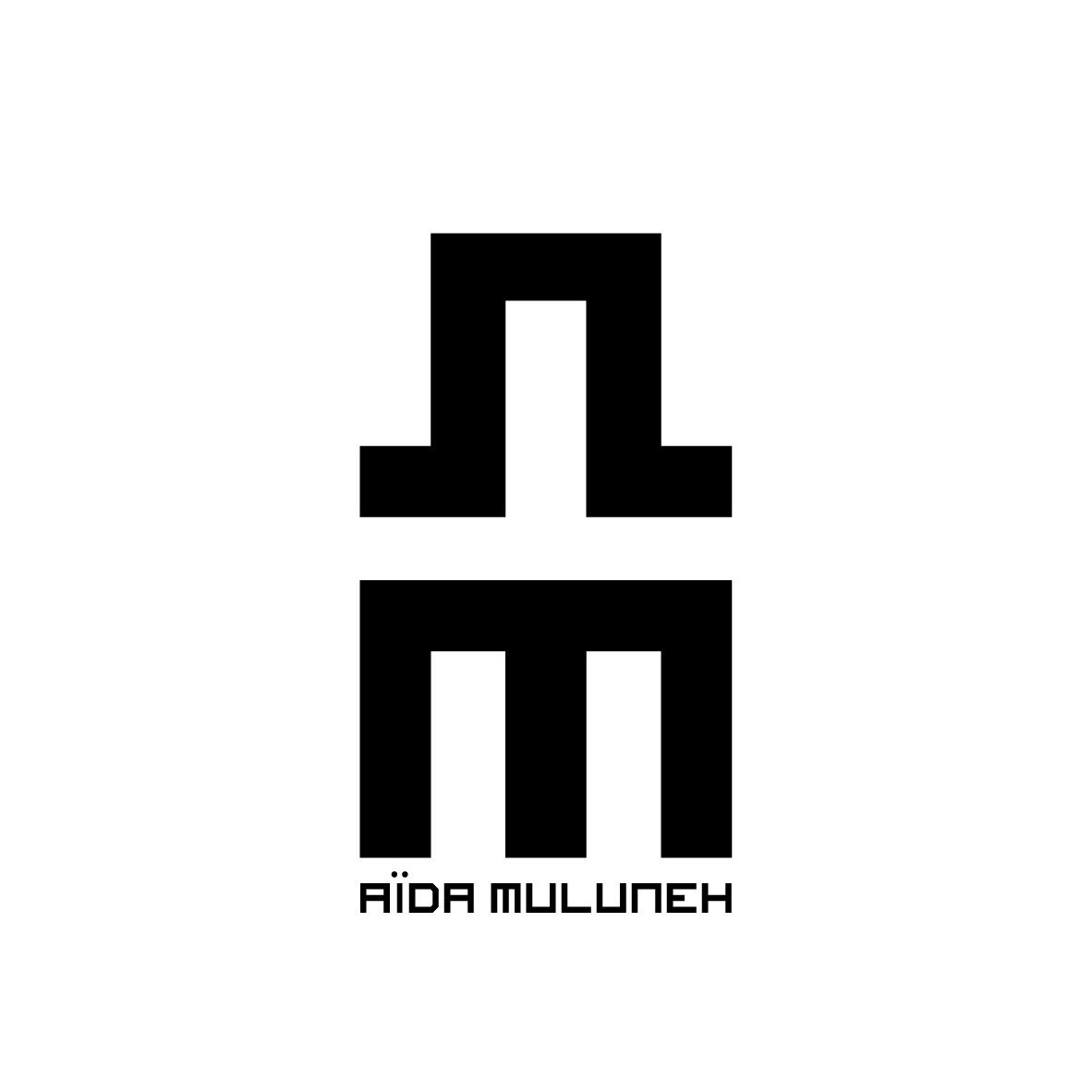PDN Photo of the Day
Aida Muluneh Interprets Dante’s Inferno
By Sarah Stacke
October 1, 2015
Aida Muluneh is a photographer, an activist, a businesswoman, and a mother. Born in Ethiopia, she spent her childhood between Yemen, England and Cyprus. In 1985 she settled in Canada, and in 2000 she graduated from Washington D.C.’s Howard University. An anticipated three-month visit to Ethiopia in 2007 extended to the present, and during that time Muluneh set two goals: to use photography to change the way the world perceives Ethiopia, and to shape and inspire a community of Ethiopian photographers as they develop their own visual language. As part of that effort, Muluneh founded the Addis Foto Fest, of which she is the current director, and the company Desta for Africa Creative Consulting (DFA).
Her body of work, “99 Series,” was developed for inclusion in The Divine Comedy: Heaven, Purgatory, and Hell Revisited by Contemporary African Artists, a 2014 exhibition curated by Simon Njami. Assigned with a visual interpretation of Dante’s Inferno, Muluneh explored the idea of inferno as it relates to her background and chose to focus on Canto 20, which features backward turned heads. “There was something compelling about this, never being able to see what is ahead but always looking backwards,” she said in a written interview with C&. “In my fine art photography” writes Muluneh, “I find myself always drawn towards my personal experience of growing up like a nomad… It’s not necessarily religion or ethics but more dealing with emotions, struggles, life, love, loss and so forth…heaven and hell, they are not something that is in another world but rather ever-present in this world, we don’t need to die to find them.”
What follows is Muluneh’s statement for “99 Series,” a paragraph, poetic and eerily dark like the work itself, that reads best in its entirety.
“Inferno is made of history, not only of a country but of self, of exile, of bloodshed, of loss, of mourning, of bitterness, of broken hearts and broken wings. The inferno is not down below; it is here, ever-present, next to us, in our memories and in our minds. It is made of delusions, of prostration, of hiding behind masks to validate our existence and hidden agendas; it’s a mask we wear to fool ourselves and others in an attempt to get ahead, yet we are void in our survival. We live in the gray cold existence, uncomfortable like the dirty snow of western winters or like the polluted skyline of what we call Ethiopian modernity. Pulled between the past, the present and the future, we wrap ourselves with forgotten heritage and dream of looking towards the future, but we are stuck looking into the past. For eternity we are toiling with rituals and ceremony, yet our past deeds are marked by unhealing wounds, the blood of false victory stitched by the threads of nostalgia. A story we each carry, of loss, of oppressors, of victims, of disconnection, of belonging, of longing to see paradise in the dark abyss of eternity.”
